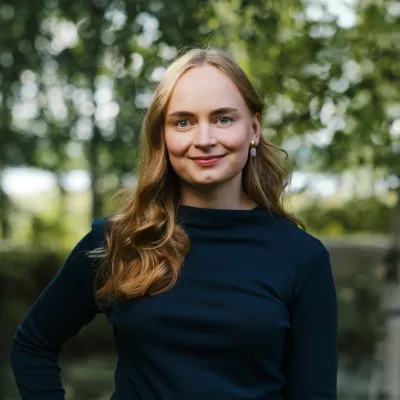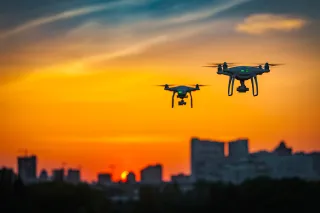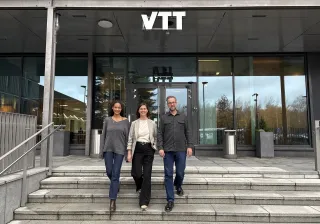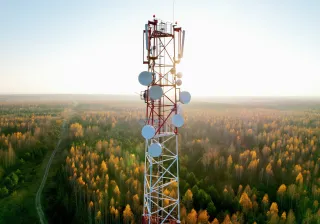As stated in the first part of the blog series, reliable research-based analysis methods are needed to achieve the targets related to the recycling of plastic packaging. It is possible to produce concrete numerical values in support of reflection and views based on information available from different sources that indicate, for example, how different steering instruments affect the economic profitability of plastic packaging recycling processes and show possible bottlenecks in business ecosystems.
VTT has implemented a calculation and optimisation model that enables the formation of alternative future scenarios and the assessment of the overall impacts of various change and development measures from the perspectives of plastic streams and different actors involved in the plastic packaging ecosystem. The business ecosystem is described by process phase, including the collection, transport and actual treatment processes of plastic packaging waste. The model examines both traditional waste incineration and mechanical recycling of plastic packaging as treatment processes for plastic packaging waste. The model also enables the examination of the profitability of thermochemical recycling processes of plastic packaging waste, such as pyrolysis, in relation to other business ecosystem options.
From initial values to the cost and emissions structure of the business ecosystem
The model developed calculates the cost and emissions structure of the business ecosystem based on the initial values set by the user. Due to the dynamic nature of the model, a change in one part of the model affects all other parts connected to it, making it possible to examine what kind of impacts changes in the initial values of a single process step produce at the system level. Expressed in more technical terms, the model developed is a linear optimisation model that is based on the simultaneous minimisation of the system's net costs, CO2 emissions or both. When volume-dependent revenue and cost functions are defined for plastic packaging waste ending up in various processes, it is possible to define the optimal use for the waste. The model also allows identification of parameter-specific limit values indicating, for example, at which collection costs the recycling method examined would be profitable in relation to other recycling methods being modelled.
In the VTT study, the optimisation model was used for calculating thousands of different scenarios with an aim to find factors that support the recycling of plastic packaging. The calculations were carried out using the Monte Carlo method, where each parameter is assigned a random value from its defined distribution. To make the results easier to interpret, a two-way parameter sensitivity analysis was also used. It allows the results produced by the calculation model to be presented as price ranges between two parameters where mechanical recycling could be more profitable than waste incineration. The results also help to understand the extent of the change that would be needed in relation to the current situation.
Concrete benefits from profitability assessments
In data-based modelling, the results depend heavily on initial assumptions, and as already stated in the first post in the blog series, it is challenging to find reliable up-to-date information. However, the conclusions drawn on the relative profitability of different recycling processes can be considered reliable due to the model structure deriving from the combination of the description of individual processes and system-level dynamics. The model developed is well suited for assessing the profitability of not only the recycling of plastic packaging but also other recycling processes, offering concrete benefits to different operators. For example, a company developing recycling technology may assess the capacity requirements for its technology, or a city may build additional understanding of the obstacles to and the level of incentives required for meeting its recycling targets. The third and final part of the blog series will focus on a closer examination of the opportunities and challenges identified by various actors in the Finnish plastic packaging ecosystem towards circular value creation models and the transition from fossil-based plastics to bio-based PEF polymers.
Move on to the next and final part of this blog series: A circular economy requires multisectoral solutions from the plastic packaging ecosystem
Return to the first part of the blog series: How much plastic packaging is used in Finland, and how could it be recycled better?





